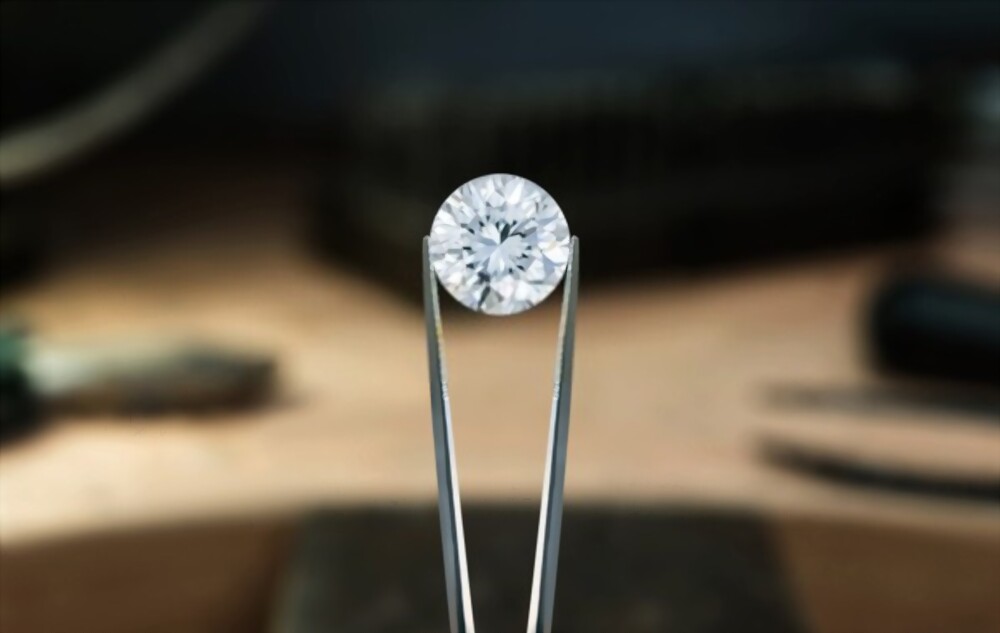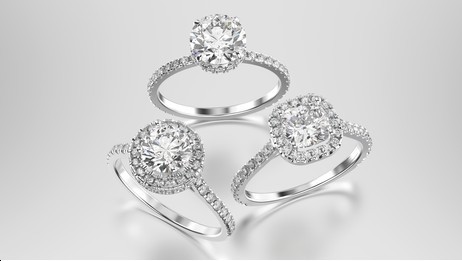If you’re married or engaged, there’s a good chance you’ve got a gleaming diamond on your ring finger.
When did diamonds, on the other hand, become the global emblem of love, engagement, and marriage? These priceless gems were not always associated with love and loyalty. Diamonds were first employed for ornamentation, then as talismans to ward off evil spirits, and finally to “heal” disease. Let’s take a look at diamonds’ brief history and how they became “the” jewel to wear in an engagement ring.

Engagement rings are a centuries-old tradition that stretches back to ancient Egypt when reed bands were used to symbolise marriage on their fingers. The ring finger, they believed, had a vein that ran directly to the heart, symbolising their love. As the habit expanded over the world, several cultures developed their own traditions for engagement rings. In England, the pair would break a piece of gold or silver and keep half of it, with a glass of wine to seal the deal. Some women in America were given thimbles and had the tops chopped off so they could wear them as rings once they married. Women were given gold rings by their husbands in other countries, as well as metal ones to wear at home, as a mark of ownership to show they belonged to their husbands.
Archduke Maximilian of Austria, who proposed to Mary of Burgundy with a diamond ring set with a pointcut diamond and diamond bits in the shape of an “M” in 1477, is credited with the notion of offering a gem-studded ring. This occasion is thought to have started the tradition of the diamond engagement ring, which was previously only reserved for the exceptionally affluent and powerful.
Diamonds became increasingly accessible to the general population after they were discovered in abundance in South Africa in the 1870s. With their advertising campaign slogan “a diamond is eternal,” the diamond business De Beers made it a phenomenon in 1947, and their popularity began to skyrocket. People came to see a diamonds’ aesthetic brilliance and unbreakable chemistry as the appropriate stone to embody the lifelong commitment of marriage and everlasting love, and this revolutionised the way the world looked at diamonds.
The initial diamond engagement rings were not the gleaming, glittering pieces that we see today. The intriguing history of diamond cutting began with pointcuts in the 14th century, when the octahedral crystal faces of the diamond were polished to create even and immaculate facets. The pointcut evolved into the table cut diamond in the 15th century, which was the first widely recognised diamond cut. This table cut gave birth to the lovely emerald cut diamond. The heart, pear, emerald, oval, princess, and modern round brilliant are just a few of the various diamond shapes and cuts that have evolved from this point.
Diamond engagement rings are fashionable in basically every culture today. Originally used to represent ownership, they are now used to represent mutual commitment and everlasting love. Diamond engagement ring styles have developed as well, and there is now an almost limitless variety of diamond shapes, cuts, and even colours to pick from. The brides’ personality might be revealed through her diamond engagement ring. A more traditional bride might want a round brilliant cut white diamond, or a more modern bride might prefer something more unusual, such as a pear-shaped natural fancy yellow diamond ring.

